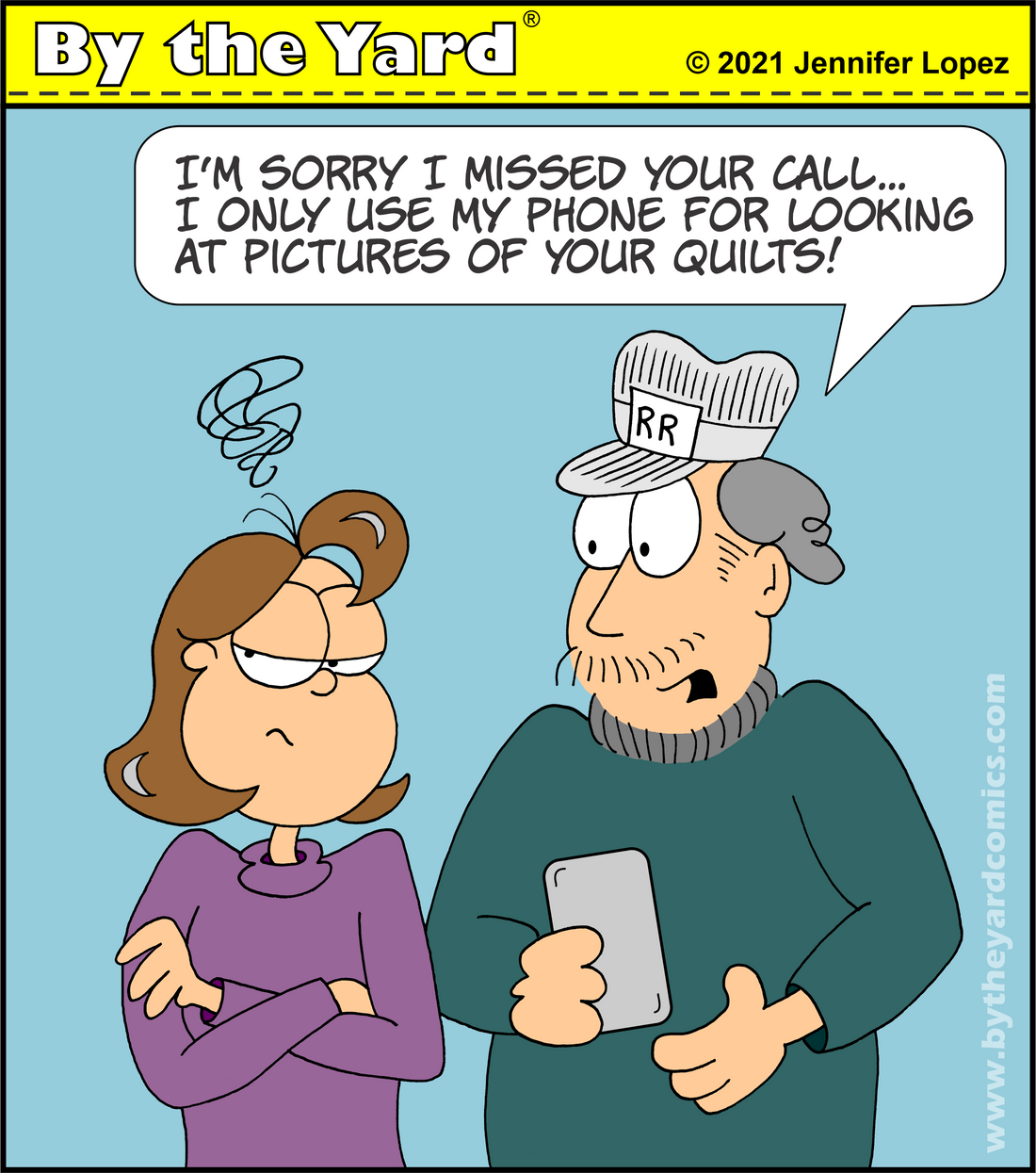
Photographing Quilts: Take Your Best Shot
Share

You’ve finally completely the most beautiful quilt you have ever made. Now how are you going to share it with the world? By taking your best photograph, of course! But how? Here are a few tips:
Equipment – Although cellphones are highly functional these days, you will get better results with a digital camera. They have more adjustments, including “white balance” which is very useful for photographing quilts. By utilizing the white balance feature, you can eliminate the blueish tone you tend to get with outside photography and the yellowish tones you tend to get with inside photography. A digital camera is also a lot more convenient because you can simply pop out the SD card from the camera and into your computer to do some editing without the annoying hassle of getting a bunch of large files off your phone. Be sure to invest in an inexpensive tripod to hold the camera steady.
Lighting – Your best option for capturing the true beauty of your quilt is outdoor lighting. Avoid bright, direct sunlight as it often generates harsh shadows. Try for filtered lighting such as early morning when the sun is up but hiding behind the trees. If you are photographing indoors, try to capture lighting from a nearby window or if that is not possible, you can set up some of those cheap clamp-on lights you can find at any hardware store. There are all kinds of lightbulbs available these days. Use one of the “daylight” varieties. Set up a light from the left side and another from the right, with your camera between the two.
Composition - If you are taking a picture for a quilt pattern or a magazine article, you are going to want at least one “direct” view of the quilt straight on and another “glamour shot”. Try draping the quilt over a chair, a railing, or a fence. Be creative and show off fun places to display your quilts! I’ve seen some very clever photos shoots around everything from old brick factories to train yards. If you are taking a picture to show off your long arm or free motion quilting skills, be sure to get a close-up at a slight angle in order to capture all the stitching and textures of the finished quilt.
Editing – You don’t need to be a Photoshop pro to edit your quilt photos. The free photo editing software that came with your PC is really all you need. The most used feature will be the crop feature which you can use to edit out anything extra that you don’t want to see. Another useful feature is the Auto Adjust feature. This function automatically adjusts your contrast and color balance in one easy click.
With just a little practice, you will be capturing beautiful photos of your quilts to either use professionally or just to share with friends!
…
Please join us here every other Wednesday for another fun, fiber-filled installment of By the Yard. You can read more By the Yard® and check out our 2022 Calendar for Quilters at www.bytheyardcomics.com.











